Vivian Maier
A PHOTOGRAPHERS LIFE AND AFTERLIFE
Pamela Bannos
The University of Chicago Press + + + Chicago and London
The University of Chicago Press, Chicago 60637
The University of Chicago Press, Ltd., London
2017 by Pamela Bannos
All rights reserved. No part of this book may be used or reproduced in any manner whatsoever without written permission, except in the case of brief quotations in critical articles and reviews. For more information, contact the University of Chicago Press, 1427 E. 60th St., Chicago, IL 60637.
Published 2017
Printed in the United States of America
26 25 24 23 22 21 20 19 18 17 1 2 3 4 5
ISBN-13: 978-0-226-470757 (cloth)
ISBN-13: 978-0-226-470894 (e-book)
DOI: 10.7208/chicago/[9780226470894].001.0001
Library of Congress Cataloging-in-Publication Data
Names: Bannos, Pamela, 1959 author.
Title: Vivian Maier : a photographers life and afterlife / Pamela Bannos.
Description: Chicago : The University of Chicago Press, 2017. | Includes bibliographical references and index.
Identifiers: LCCN 2017022051| ISBN 9780226470757 (cloth : alk. paper) | ISBN 9780226470894 (e-book)
Subjects: LCSH: Maier, Vivian, 19262009. | Women photographersUnited StatesBiography. | Street photographyUnited States.
Classification: LCC TR140.M335 B36 2017 | DDC 770.92dc23 LC record available at https://lccn.loc.gov
 This paper meets the requirements of ANSI/NISO Z39.481992 (Permanence of Paper).
This paper meets the requirements of ANSI/NISO Z39.481992 (Permanence of Paper).
FRONTISPIECE : Pamela Bannos holding a color transparency of an image of Vivian Maier from the Ron Slattery collection. Maier dated the film envelope April 22, 1955, Central Park. Original in color.
Contents
There are many ways to get the wrong picture about Vivian Maier. Call her a nanny, as if that was her identity, instead of a photographer. Call her just a Chicagoan or just a Frenchwoman, instead of a born Manhattanite and self-styled European. Call her Vivian, as if you know her well. Call her a mystery or an enigma, as if no one ever knew her, or ever could.
To get the right picture, look at her squarely, as she would look at you: on her own terms, from her own evidence of who she was and what she did. Only then can we begin to see Vivian Maier, woman and photographer, and begin to enter her world.
The story of the Vivian Maier phenomenon has been told so many times that it can now be reduced to a few short phrases:
Her storage lockers went into arrears.
A young man named John Maloof bought a box of her negatives.
He Googled her name and found that she had died a few days earlier.
He discovered the woman known today as the mysterious nanny street photographer.
But rarely is a story as simple as the filtered-down version that results from multiple retellings. Each link in the chain of the Vivian Maier story branches to reveal a much more complex and nuanced saga. Our current lack of understanding of this woman and her passion for photography stems from oversimplifications of her emergence and packaged versions of the story.
Ethical issues have largely been glossed over in favor of a heroic narrative that benefits the people who have been selling her work. We are told that they have saved Vivian Maier from oblivion and have allowed us to own pieces of her legacy. Many people believe that Maier would be pleased with the sharing of her work in this way; yet she plainly chose to not share it while she was alive. Some feel that Maier would have destroyed her work if she didnt want it to be found; one writer has even suggested that she had saved it for us.
I have looked carefully at tens of thousands of Vivian Maiers images. I have walked in her footsteps. I have delved the archives in search of everything we might know about Vivian Maier and her work. As I entered the world of her photographs, a different person emerged for me than the one who was shaped for the public imagination. I also learned about Maiers development as a photographer and her life as an independent woman. She cultivated an air of mystery, but she no longer seems like a mystery woman to me.
This book is a counterpoint, a counternarrative, and a corrective to the public depiction of Vivian Maier and her work that emerged through five photo books that were published between 2011 and 2014, drawing on two separate collections of Maiers photography, one belonging to John Maloof and the other to Jeffrey Goldstein. Each book was larger than the last. Hundreds of her pictures also appeared in documentaries about her. Altogether, the books and movies reproduced more than a thousand imagespossibly illegally. In addition, Vivian Maiers photography has spread across every social network site and countless individual blogs.
In the time since her work first emerged into the public eye, Vivian Maier became big business: Jeffrey Goldstein, who amassed his collection for $100,000, sold $500,000 worth of her work in one year, and John Maloofs film, Finding Vivian Maier, has grossed more than $3.5 million. Some of Vivian Maiers vintage prints are priced upwards of $12,000 apiece. There have been posters, brochures, postcards, and movie DVDsnot to mention the fortune to be made in licensing fees.
In my research, I found repeated themes that permeate both Vivian Maiers work and the story of its discovery and propagation. High and low culture intermingle, with profound economic results; Maiers work and her life are defined over and over again by presumptions about and representations of her as a woman; and both in life and work, no one can quite agree on her story, her character, and her value. Even in France, where she spent key parts of her childhood and young adulthood, opposing associations have claimed Maiers legacy. Two men from opposite sides of Maiers mothers family have claimed to be her heirwith profound implications for those who claimed the right to reproduce and profit from her photographs.
Vivian Maiers abundant legacy (more than four tons of stored boxes) was scattered at auction. As a result of the way her photographic work was dispersed and resold, dozens of people now own her possessions and pieces of her work. Since I began studying her fractured archive, I have found and been contacted by individuals who were at the auctions of her possessions and others who subsequently bought her belongings on eBay.
While the rest of the world may be hearing of her story for the first time, in Chicago the story has become familiar. Chicago is where Viral Vivian emerged, where the major players in her story reside, and where the press has incessantly reported on the triumphs of her works exposure, and some locals are now Vivian Maiered-out. In the summer of 2014, prints from Jeffrey Goldsteins collection were exhibited simultaneously in four separate Chicago-area venues. The abundance of photographs threatened to water down Maiers oeuvre, doing her no favor in its presentation. A local newspaper headlined an article Vivian Maier: Cottage Industry.
The scuffles around ownership of Vivian Maiers legacy have diminished her presence, relegating her to the background in her own photographs. In many ways, Vivian Maiers world was established before she was born: she perpetuated the legacy of her mother and grandmother, who were live-in servants, and her mothers illegitimate birth established the first in a line of family secrets. Maier entered the world of photography, which like her took shape in both France and New York and, like her, has no simple lineage. Vivian Maiers multiple shooting strategies remained constant. Her earliest known photographs reveal a confident and informed photographernot a street photographer or a suburban nanny photographer. Maier and her photography were all of that and much more.

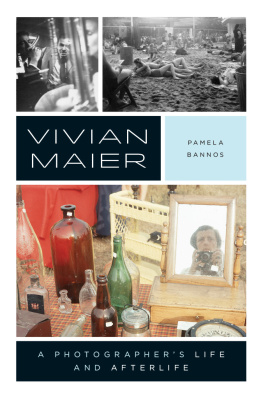
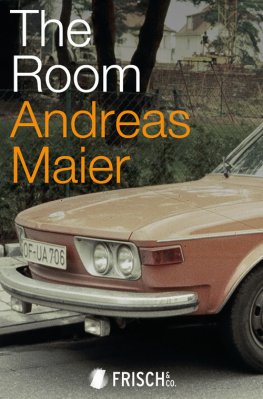
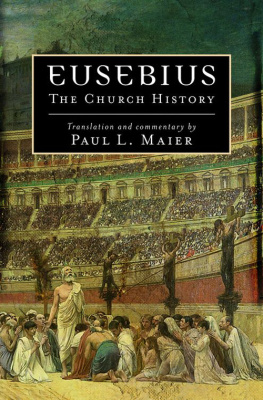
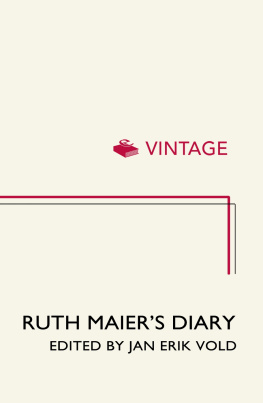


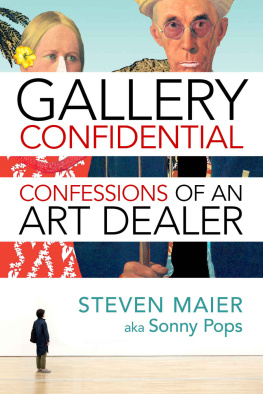
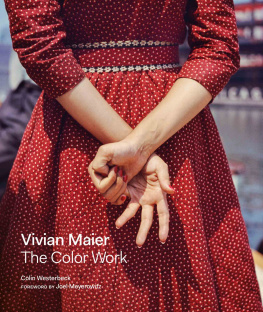

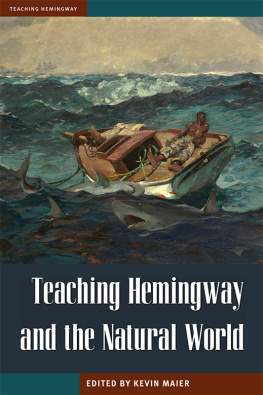
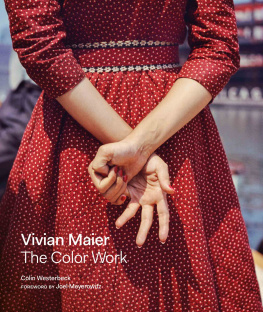
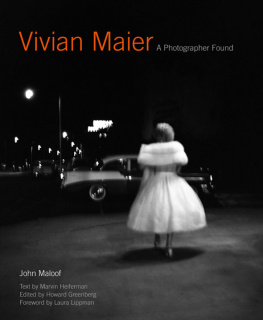
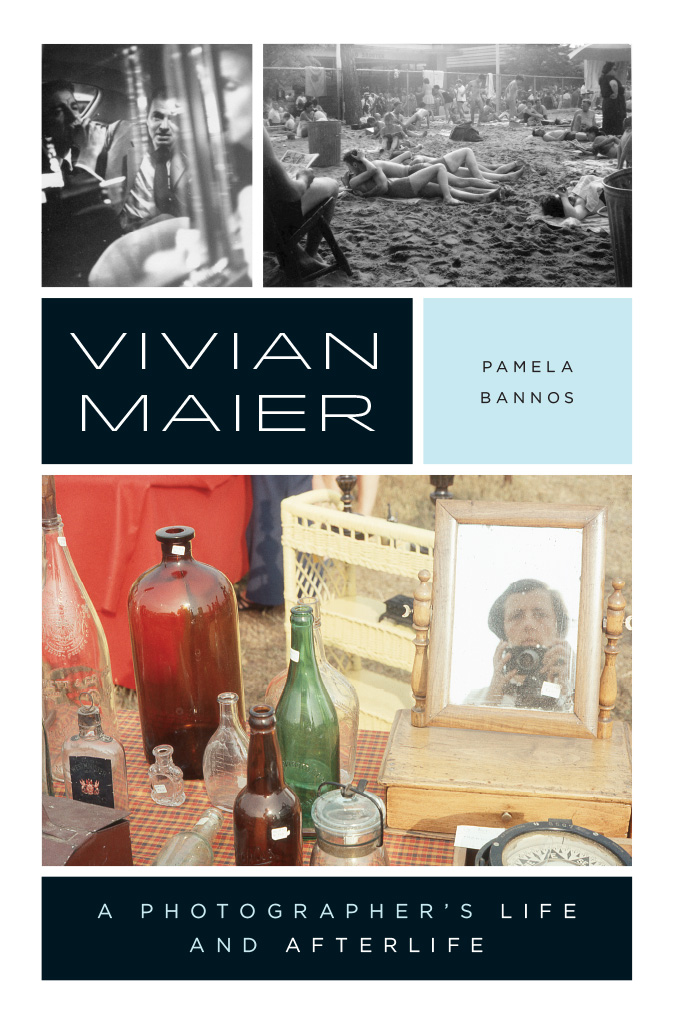
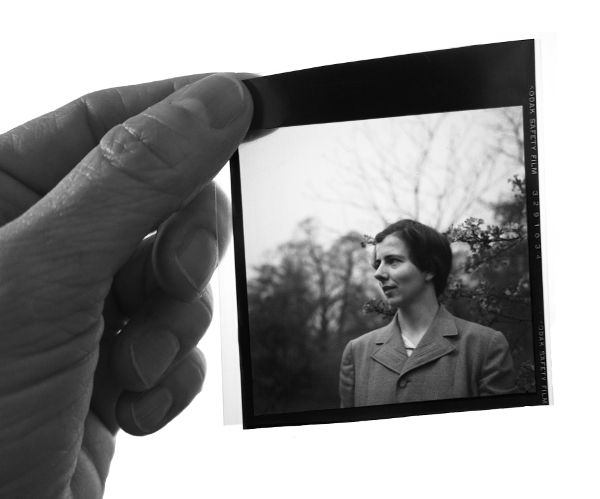
 This paper meets the requirements of ANSI/NISO Z39.481992 (Permanence of Paper).
This paper meets the requirements of ANSI/NISO Z39.481992 (Permanence of Paper).